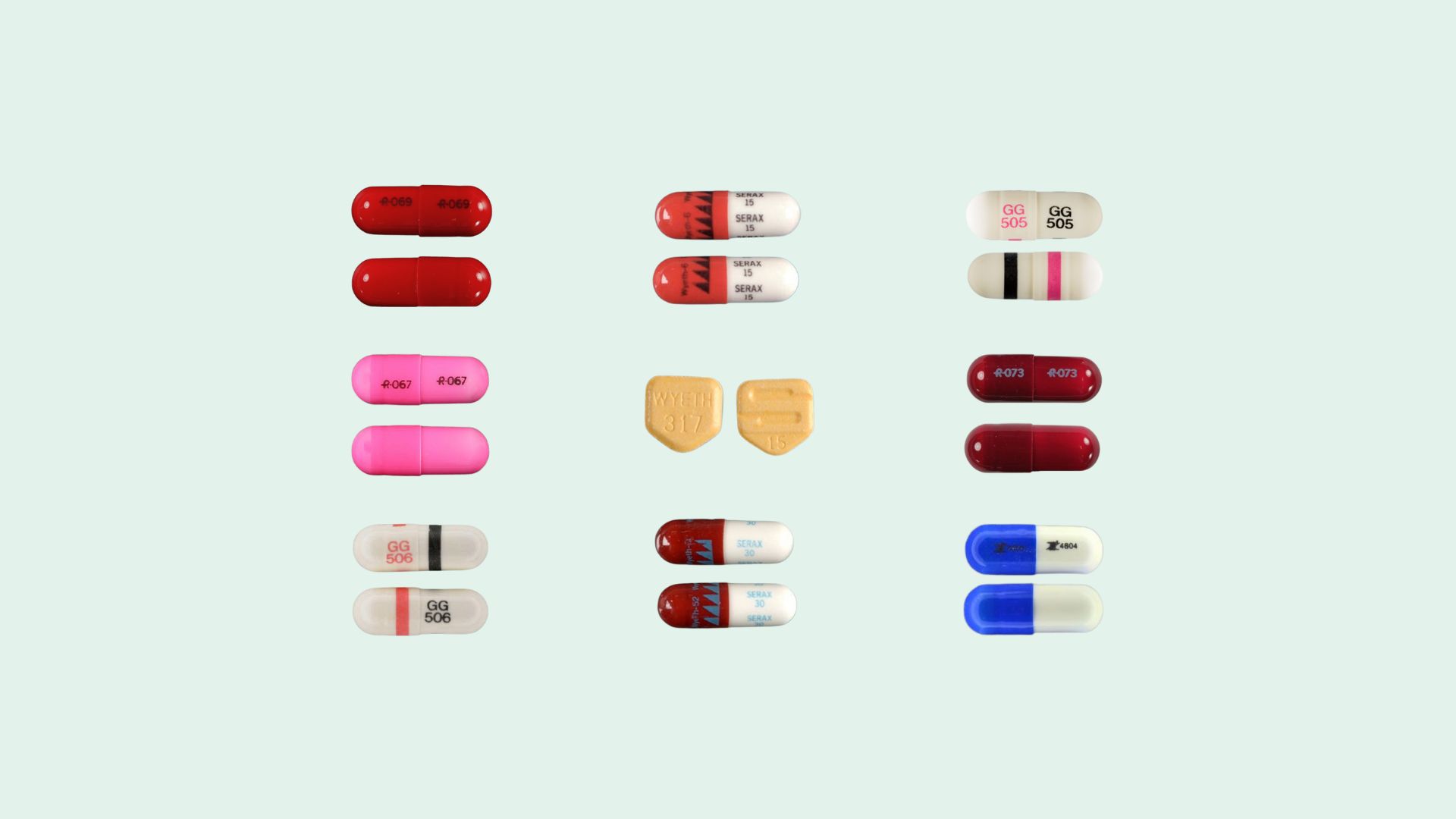Oxazepam Withdrawal and Side Effects
Withdrawal from oxazepam can have dangerous side effects, especially if attempted without the help of trained medical professionals. Medications like oxazepam should never be stopped abruptly.
Some common withdrawal symptoms include:
- Anxiety
- Panic attacks
- Insomnia
- Tremors
- Sweating
- Headache
- Muscle pain and stiffness
- Irritability
- Agitation
- Mood swings
While rare, withdrawal can include hallucinations and seizures in those how have been using high doses of oxazepam for a long period. Withdrawal should be done with support and under medical supervision, gradually tapering the medication.
Oxazepam Withdrawal Timeline
Withdrawal from oxazepam will vary based on a person’s metabolism and overall health as well as the dosage and duration of medication use. Here is a general timeline of what can be expected during the process of withdrawal:
- Early withdrawal symptoms: Symptoms may begin within 1-2 days from the last dose and typically include insomnia, anxiety, irritability and restlessness. Mild physical symptoms such as sweating, headache and tremors can also occur.
- Acute withdrawal symptoms: The peak phase of withdrawal takes place 3-7 days after the last dose. Insomnia and anxiety may increase during this time and other symptoms such as muscle pain and nausea may appear. During this peak time, a person might develop heightened sensory awareness and experience mood swings, irritability and difficulty concentrating. By the second week after the last dose, most symptoms will subside, but anxiety and depression can continue along with mild tremors and muscle pain.
- Late withdrawal: Around the third and fourth weeks from the last dose, most physical symptoms will be gone, and sleep patterns should improve. There will be some persistent symptoms like mood swings but there is a general improvement. After a month, some people experience Post-Acute Withdrawal Syndrome (PAWS). These prolonged symptoms, which include sleep disturbances, anxiety and depression, can last for several months.
Oxazepam Detox Treatment
Detoxification from oxazepam is a complex process but is an important first step in relief from dependence. Anyone entering treatment will take part in a comprehensive assessment plan designed specifically for you. It will help identify any risk factors and safely manage the detox process under medical supervision.
Tapering, or gradually reducing medication dosage, is a way to manage symptoms and prevent complications that can be heightened when a drug is stopped abruptly. Adjustments can be made based on the medication dosage and period of use.
Detox not only includes medical management, but also psychological support and aftercare planning which creates a program to achieve recovery.
What Happens Next?
Detox is a major step in the process of recovery and one part of a journey to a new way of living. Ongoing support, rehabilitation and lifestyle changes will help build the foundation for recovery. Once detox is complete, continuing treatment and addressing any underlying issues are essential.
Depending on the individual, treatment can continue in an inpatient or outpatient setting. A comprehensive treatment plan will also include therapy to help address underlying issues related to addiction, co-occurring mental health conditions and develop coping skills to deal with challenges. Some types of treatment include Cognitive Behavioral Therapy (CBT) which focuses on changing negative thought patterns, Dialectical Behavior Therapy (DBT) which combines CBT and mindfulness practices and Motivational Interviewing (MI) which encourages positive behavior changes.
Developing a relapse prevention plan is essential to recovery – creating a plan to manage cravings and identifying high risk situations and triggers. Improving nutrition, health, exercise and sleep patterns can help in the recovery process.
Once treatment is complete, an aftercare plan will be put in place to reinforce sobriety and personal growth. Utilizing support groups, therapy, regular checkups are all part of ongoing treatment that can also include medication management and sober living.
Recovery is a lifelong process that does not stop once treatment ends. Rehabilitation, therapy and relapse prevention will help target underlying issues and allow you to build a solid foundation for a better life.
This website offers educational information and self-help tools for your personal use. However, everyone’s health needs are unique. To make the best and safest decisions for yourself, please consult with a doctor or licensed professional.

